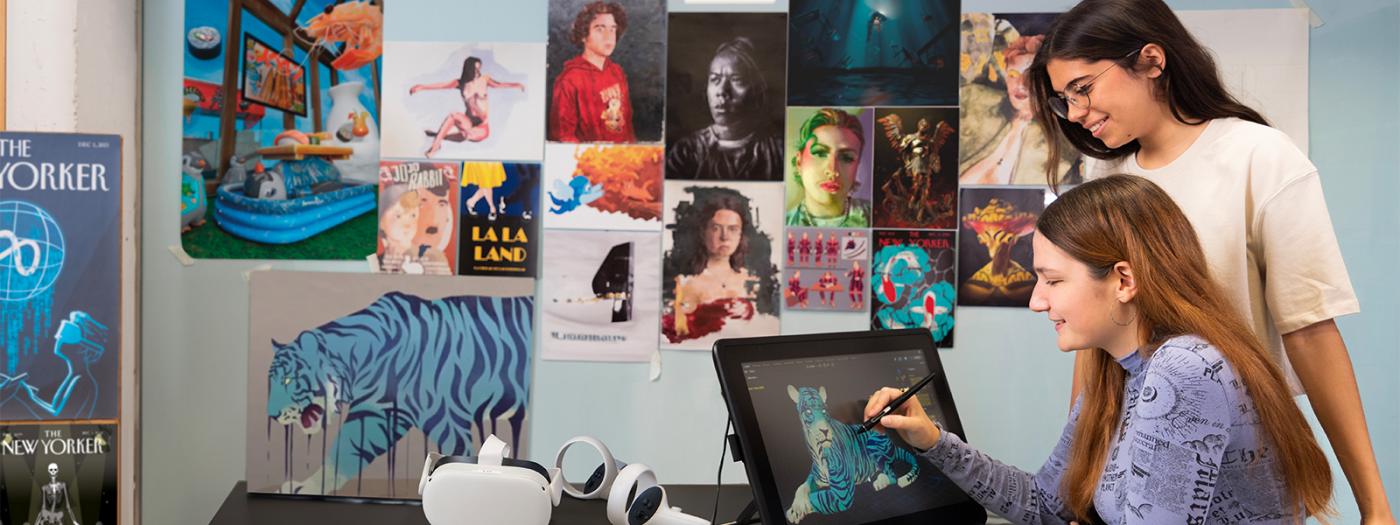Titular Professors
This subject has 2 parts:
A. Color grading:
Course designed for students to acquire basic knowledge about color correction; its principles, work methodology and main tools, with the aim that they can move confidently through the program to be able to successfully tackle any type of project.
- What is color correction and what is it used for?
- Conformation. (Xml, scene cut detection).
- The basic concepts of color correction. (Lift, gain, gamma. Luma, Hue, Saturation. Primary and secondary colors).
- The principles and methodology of color correction.
- Knowing how to interpret scopes (Histogram, waveform, vectorscope.)
- The Da Vinci Resolve interface, description and configuration. The five workspaces.
- Understanding nodes. (Series structure and parallel structure.)
- Primary corrections. Correction tools (primary wheels, log, primary bars and curves)
- Secondary corrections. (Power Windows, HSL selections, 3D selections)
- Hue Vs Hue, Hue Vs Saturation, Hue Vs Lum, Lum Vs Sat and Sat Vs Sat curves.
- Color Warper and ColorSlice
- Mask animation and dynamic corrections. Keyframes and tracker.
- Stabilizer
- The Sizing tab
- Stills, power grades and memories. Split screen and multiscreen. Exporting stills.
- Working with groups.
- Shared nodes
- Local and remote versions.
- Working with Raw files.
- Open FX.
- Luts and CST
- Exporting drp, dra and drt projects and timelines.
- Relink.
- Media management.
- The Deliver window. Exports and return to Premiere.
B. Editing in DaVinci
- Media Page
- Bins, Smart Bins and the importance of order in professional editing.
- Importing, Exporting and Linking files and projects.
- Formats (Aspect Ratio). Difference between aspect ratio and black bars, how to use it artistically.
- Titles, Re-times, Text, Opacity, Cuts and other DaVinci tools.
- Analysis of scenes in terms of editing.
- Rhythm
- Analysis of directors in particular (Kubrick, Wes Anderson in particular)
- Symmetry in cinema.
- Multicam editing
- Final Project: Free theme, (e.g. changing the genre of a trailer, from comedy to horror). Students should be able, just with editing, to create a complete narrative piece of approximately 2 minutes, with both video and sound editing. Once finished, they will have to apply the part explained in color to have a professional result.
- Viewing of final projects and introduction to color in the classroom
